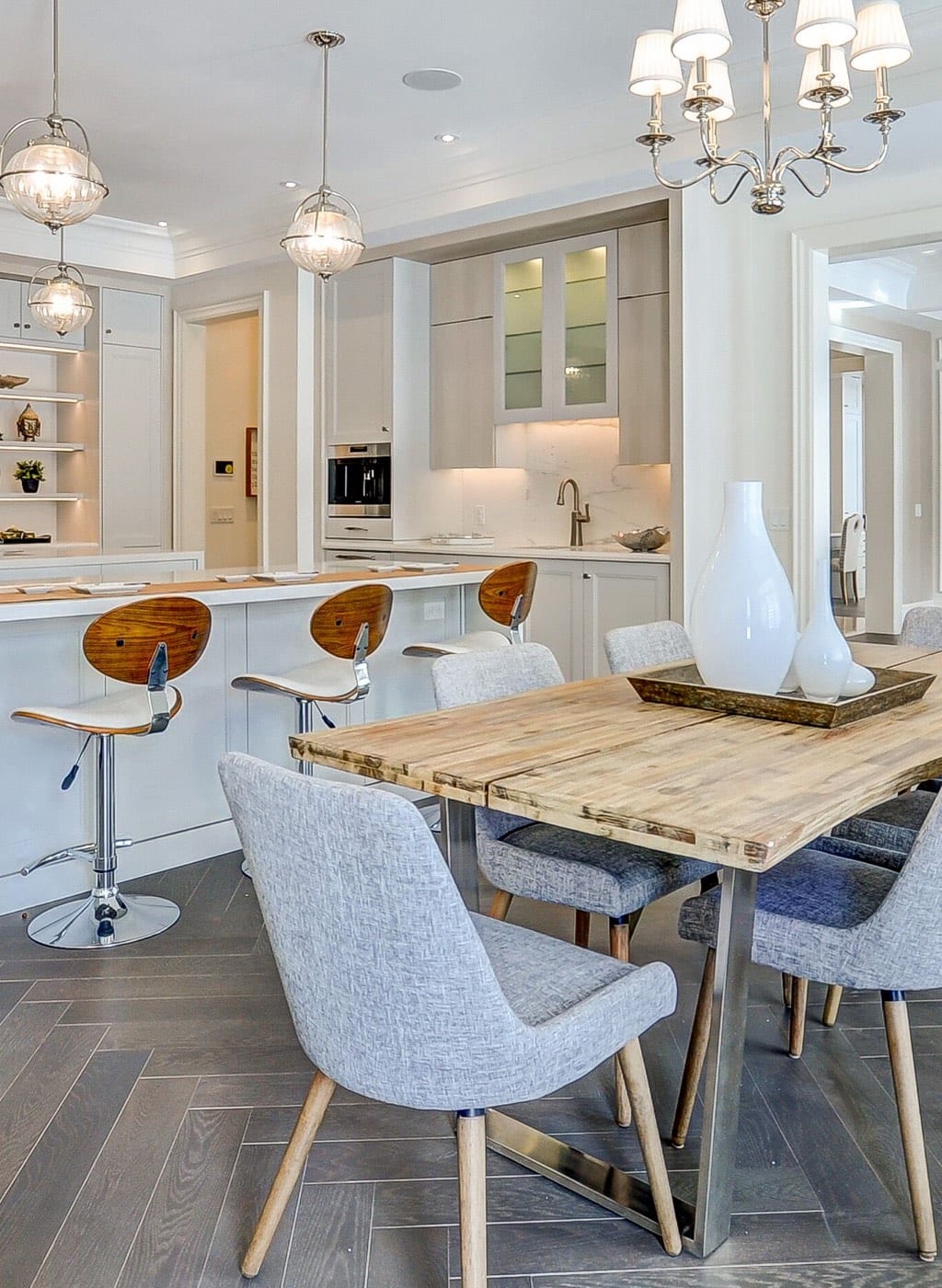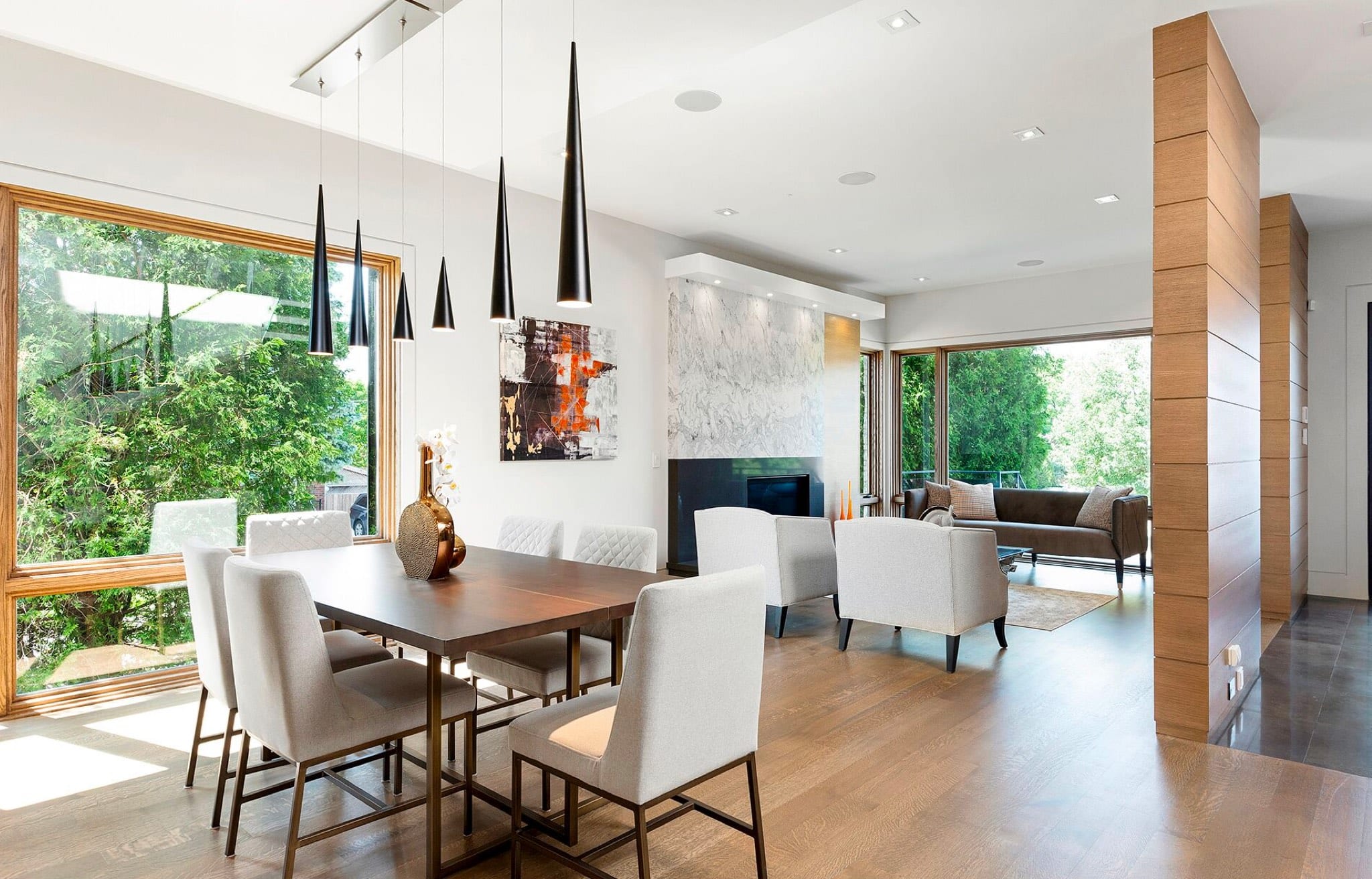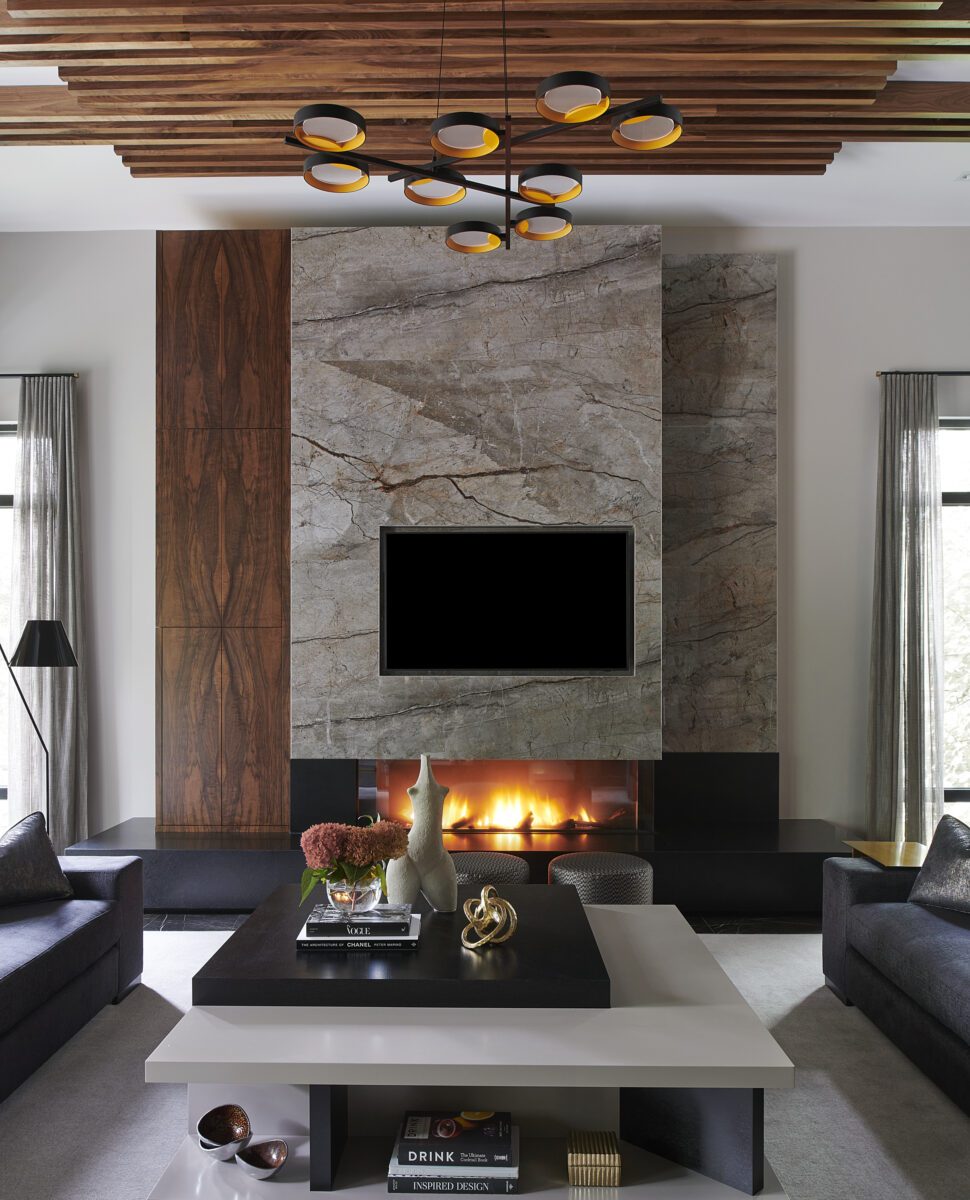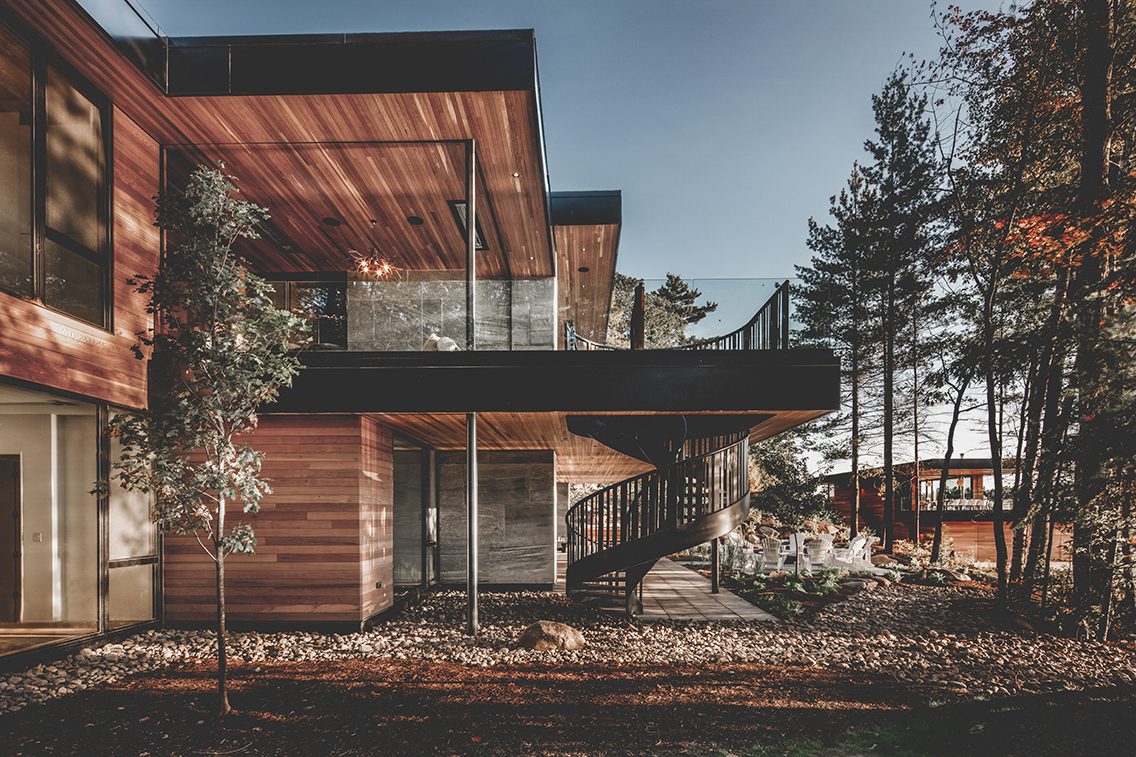
By Ron Holbrook
In my thirty-year career as a landscape architect, I’ve been privileged to have worked around the world on many high-profile projects. Though I’ve enjoyed many highs, to my dying day, I will always remember a moment towards the end of a five-year project turning the grounds of a crumbling 12th century Italian castle into what I hoped would be a showcase for contemporary horticultural design. Walking to the top of a steep hill overlooking the grounds of Castello Carbonana to take in what my team and I had accomplished, I found myself, to my surprise, suddenly and quite spontaneously weeping (tears of joy). In retrospect, I must have been inadvertently channeling Linda Richman, the legendary Mike Myers character on Saturday Night Live. I’d become what my Jewish friends might call ‘verklempt.’
That moment on the hill expresses better than any words could, the enormous sense of pride and accomplishment I felt for what we had accomplished. Simply put, this project was the most unique experience in my professional career as a landscape architect. I hadn’t fully appreciated the enormity of the task I would be undertaking when in 2011 former clients approached me about designing the grounds of their newly acquired historic Umbrian castle in central Italy.
Intrigued, I immediately said yes, having not comprehended the monumental scope and scale of the task that lay ahead. But I agreed without hesitation for one simple reason: my deep admiration and respect for the Castello Carbonana’s new owners. A few years earlier we had successfully collaborated on the restoration and renovation of another heritage property. Their status as ‘dream clients’ had already been established. For me, rule number one in taking on any big project is an innate sense that I can count on “total client engagement” over the course of the project, and with the clients in question, that was a given.
Sometime later, my clients and I made our first visit to Italy to inspect their property. En route, we made a pitstop at a garden just north of Rome, called Ninfa, conceived in the mid-1920s by a onetime mayor of Rome and his aristocratic English mother. Unlike formal Italian gardens, it was viewed as being more in the English pastoral style and I hoped that it might inspire my clients about what we could achieve at Carbonana. And it did…initially.
Highly ornamental Italian gardens are at odds with nature; the English pastoral garden mimics it. But though Ninfa was exquisite, secretly I suspected its overly pastoral style wouldn’t work at Carbonana. My intuition was confirmed hours later when we arrived at the castello. It struck me almost immediately that the challenge confronting us was to design a garden that would seamlessly and dramatically respond to the powerful and commanding Umbrian landscape which surrounds and envelops the castello. A formal garden of parterres certainly wouldn’t cut it at Carbonana, but neither would the familiar pastoral. Only something deeper and more profound would resonate with the castle’s somber old soul.
From the get-go, my clients’ project had two dimensions: the first being restoration of a run-down medieval castle whose existence was first recorded in 1192 but was likely constructed centuries earlier. For me, of course, there was no garden to restore because one had never existed. The castello was built in the early Middle Ages as a hilltop fortification to protect the surrounding countryside. When it became a private residence over the ensuing centuries, the property’s fields were used to grow edibles and not cultivate vistas to admire. So, I was more or less gifted a clean canvas.
Before and after shots are the staple of any aesthetic “makeover” and with Carbonana, the before pics are especially desultory because before our arrival, Carbonana’s 50 hilltop acres were, simply put, just a jumble of tumbledown farm fields cheek-by-jowl with olive orchards that had been neglected for years. On first inspection, the site was more or less a complete 180 degrees of the plan I’d outlined to my client – to wit, “to create a visually inspiring private garden with unexpected whimsical, almost lyrical qualities never before experienced along with functional outdoor spaces conducive to entertaining and relaxation.” With the Carbonana garden now complete, I hope we’ve delivered on that promise.
Fulfilling that mandate meant overcoming many challenges. Some of them, natural disasters, others, bureaucratic hassles. Before work on the garden could begin in earnest, re-engineering the castle’s foundations to withstand earthquakes had to be completed. For nearly two years the entire castle was shrouded in scaffolding and my team and I cooled our heels as the thousand-year-old structure’s foundation was stabilized, its stonewalls repointed, and many of its stones replaced.
That reconstruction was proceeding quickly until a fateful calamity occurred. Driving back to the castello with my clients after an alfresco lunch in a nearby village, we noticed smoke rising in the distance, and as we got closer it became clear that the Carbonana property was ablaze, except mercifully the castle, itself, whose fireproof limestone façade spared the structure. The destruction on the property was, in a word, apocalyptic with half of its mature cypress and oak trees gone, and much of its terrain now literally scorched earth. My ever-stoic clients were undeterred: “We’ll just replant.” And that’s exactly what we did, replacing approximately 300 trees over the following months. Still, to this day, the property remains somewhat bare but as my clients say, “We’ve planted for the coming generations.”
The bureaucratic hiccups arguably proved to be even more bothersome. Over the course of its centuries, Castello Carbonana had been owned by only two or three aristocratic dynasties until the last descendent of the final family sold it in the late 1940s to a Toronto physician named Dr. Ludvik Staub, who subsequently sold it in 2008. By the time my client bought Carbonana, three years later, this “gentle soul” of a building was in a truly beleaguered state. But despite its forlorn condition, Castello Carbonana remains one of Umbria’s most treasured historical landmarks, and the region’s citizens jealously guard its fate.
When my clients and I initially approached the local council with our plans to transform the property into a private home complete with a garden designed, in part, for recreational uses and outdoor entertaining, there was, to put it mildly, political pushback due to what they considered to be unorthodox, or at least contrary to anything they had encountered before.
People in the region were unaccustomed to seeing ornamental or recreational gardens associated with historic castles: olive groves, yes, but design gestures like major regrading of the native terrain, planting trees in an interior courtyard, or adding an infinity pool to the landscape, were instinctively challenged. I also suspected that they did not like the idea of a Canadian landscape architect, trying to impose a foreign footprint on their traditional landscape. It quickly became apparent to both my clients and me that a local hire was critically necessary to run interference with the local authorities. The perfect candidates turned out to be already in place: two Perigean architects, Bruno Salvatici and Daria Ripa di Meana, whom my clients had already hired to oversee the restoration of the castle.
Among the invaluable assets they brought to often tough and tense negotiations, was a deep understanding of the region’s heritage issues, along with a deft diplomatic touch and an unwillingness to take “No” for an answer. Also, one of my clients was a huge asset because of his fluent Italian and passion for Italian culture, nurtured during years living in Rome as a young man. His inherent optimism also came in handy for maintaining morale.
The ultimate lesson we learned was simple and straightforward: Anyone wanting to restore an historic property overseas would be well advised to cultivate patience. It’s not only a virtue, it’s a necessity, as is hiring local professionals to liaise with local officials. From my experience working in foreign countries, a minimum of a year is more or less required to obtain the “official” approvals necessary prior to constructing outdoor spaces for any heritage property – even in Canada.
Once permits were secured, construction of the garden commenced. For the next five years I travelled to Italy several times a year to review and supervise the work of local artisans, contractors and trades. My office in Toronto would draft the working drawings and details and our team in Umbria would execute them. Again, having local architects in place was absolutely indispensable. Bruno and Daria became my go-to “point people” overseeing the project when I was back home in Canada. And, of course, modern communications, technologies like emails and texts were the tech “grease” that made the project effortlessly proceed apace. When on-site in Umbria, I was amazed at how, with my limited command of the language, I was able to successfully communicate with my work crew. A few choice Italian words: “left,” “right,” “up,” “down,” “over there,” “stop”, and even the most classic of Italian rejoinders: “BASTA!”, “ENOUGH” seemed to do the trick on the job site and at the ever-memorable daily lunches!
Looking back, it is hard not to overestimate the satisfaction I experienced creating a garden of such magnitude, complexity and scale, and also freely admit to feeling immense pride guiding friends, colleagues, and collaborators through the project even if it’s only online. But, perhaps, the most important endorsement of all came from the local authorities and all guest attendees who seemed immensely pleased by the garden at its launch party. So, with no further ado let me give you a brief tour.
After entering the property through a newly fabricated decorative iron gate, my clients and their guests drive up to the castello on a newly constructed hairpin one-kilometre road. Near the top of the hill is the residence for the property’s caretakers, newly converted from its historic role as a stable. Nearby is the Hillside Garden with its apple and pear orchards and olive groves, and Kitchen Garden overflowing with my clients’ favourite fruits and vegetables – pomegranates, tomatoes, artichokes, kiwis – and, of course, the de rigueur herb garden. As you climb further up the hill you pass the once barren farm fields that are now awash in evergreen ground cover that is quite simply the “year-round foundation” of the new garden.
My main objective at Carbonana has always been to be very respectful of the natural Umbrian landscape, so I will be immensely pleased if users of this garden feel that this magnificent green ward works well in this regard. I believe it does but, of course, I’m biased. Personally, I take some satisfaction in that the garden of Carbonana expresses my own design sensibility: at its essence, Carbonana is green, simple, and bold.
One of the most memorable highlights of this project was the opportunity to forage in incredible nurseries: they are, literally, museums for plants. Several times over the course of the project, my clients and I travelled to Pistoia, near Pisa, where I discovered the most incredible weeping cypress trees. They don’t grow to the same height as traditional cypresses but my instinct to use them en masse created an incredible aura of draping green. It’s magical! Another reason for the garden’s distinctive look is the abundance of a plant native to Italy called Ginestra. We planted thousands of them, and they create a stunning visual: exquisite fields of yellow in the spring and early summer.
Unquestionably evergreen gives the garden its aesthetic structure, but I also introduced a colour palette of soft pastels – lavender, blues and purples – providing the hidden highlights.
For me, the real joy of being a landscape architect on any given project, is “art directing”, the actual installation of a garden, touching and placing each and every plant as they go into the ground, not just dispatching drawings from an office and letting the trades do all the grunt work. Having this opportunity in Italy, with its incredible palette of colours and plant choices, just reaffirmed that passion. The garden at Castello Carbonana has become so deeply woven into my life – and soul – that I return once a year to revel in its unfolding beauty as it matures. Admittedly, I still occasionally get verklempt, but without those tears of joy.
One final note: the big takeaway from this once-in-a-career project – well, I hope, not just once – is never ever underestimate yourself. At the outset, if I had truly thought about the challenges that lay ahead, I might have gone into some default, deer-in-the-headlights mode. That would have been a big mistake because nothing is more satisfying in life than rising to a challenge and hopefully meeting it.
Ronald Holbrook is a Toronto-based landscape architect who has worked on a wide variety of national and international projects, in both private and public practice. Founded in 1989, Holbrook and Associates is recognized as one of Canada’s most venerated and respected landscape architectural firms.
3 Comments
Comments are closed.





I am a friend of the previous owner of the castle, Dr. Staub. He invited me often to visit it before he sold it but, I never had an opportunity to go there. It is nice to see this article and the restoration. Thanks.
My wife and I stayed at Carbonana for 10 days as guests of Ludvik Staub when I was Surgeon-in-Chief at University Health Network in about 2004. A fantastic experience which I could relate to the landscape architect if he’s interested. Bryce Taylor
Thank you for sharing, Dr. Taylor.
What a great experience that must have been!